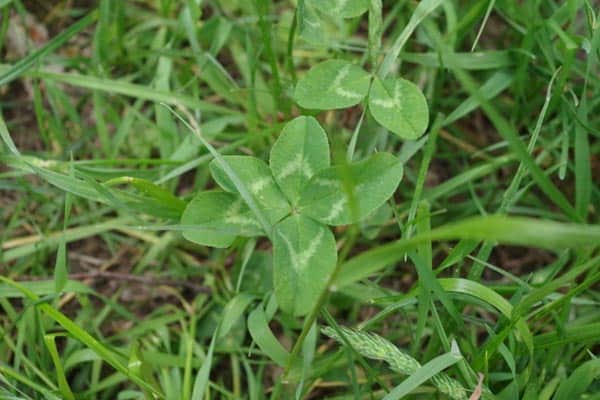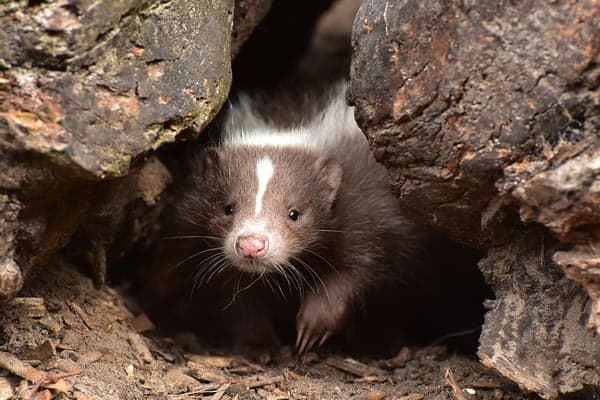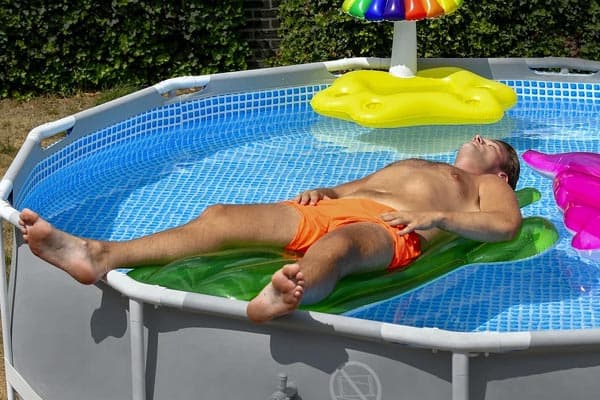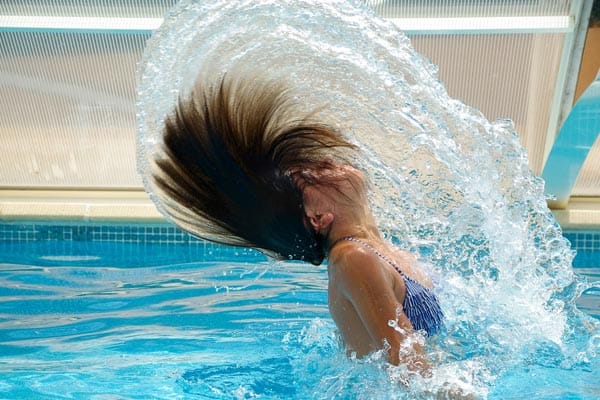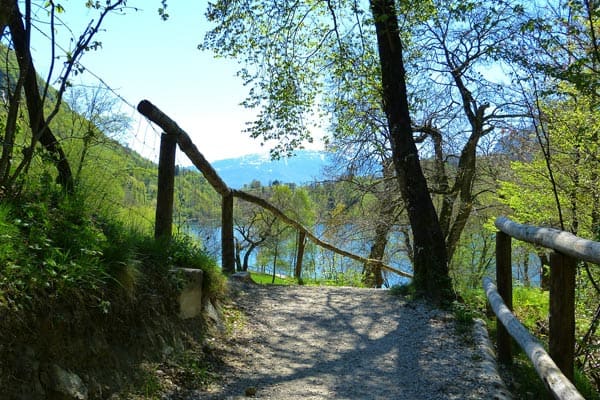How to Use Bleach to Kill Weeds Without Injuring Your Lawn
Weeds are a big problem around your home or garden, no matter how hard you try to rid yourself of them.
They appear in vegetable gardens, flower beds between stepping stones, pavers, and in cracks in your sidewalks, driveways, and walkways. This can send you looking for a way to permanently get rid of them.
Does Bleach Kill Weeds?
Spray undiluted bleach on any weeds you want to kill and let it sit for three days to kill them down to the root. Pull out the dead weeds to keep your space clean. Since bleach permanently kills weeds, it’s good for driveways, pavements, patio pavers, and gravel.
It’s a good idea to spot treat weeds because it’s a nonselective herbicide that will kill any vegetation that it comes into contact with. If you’re wondering how to safely apply bleach to kill weeds, read on.
How Bleach Kills Weeds
Bleach can kill both grass and weeds permanently by lowering the pH level in the soil so much that the soil can’t support plant life.
You can apply it in gravel, rocks, driveways, and between pavers to make the soil too acidic for any vegetation to survive and clear out the area.
Never apply bleach as a generalized weed killer to your lawns, flower beds, or if you plan to grow grass between your pavers in your walkway.
Along with killing anything it comes into contact with, the bleach will alter the pH level in the soil for a long time, and this can prevent grass from growing in the area for years.
How to Kill Weeds with Bleach
Bleach has concentrated levels of chlorine mixed in. Chlorine can be beneficial to plants in small quantities, but higher quantities of it, as you’ll find in bleach, can kill and burn the plants due to the higher pH content.
If you want to apply bleach to kill weeds, you should:
- Pour your undiluted bleach into a spray bottle or garden spray pump
- Spray the bleach directly on your weeds, avoiding any vegetation you don’t want to harm
- Allow it to sit for two to three days before reapplying if you still see weeds
- Pull out any dead weeds to keep your yard tidy
Pro Tip:
- If you spray a diluted bleach onto your weeds instead of an undiluted version, you may want to repeat it two or three times for more stubborn weeds like dandelions, crabgrass, horsetail, creeping charlie, and wild onion.
Chlorine bleach will impact your plant and weed growth in two ways. There is a higher sodium content that overworks your weed’s system using salt. It’s also important to note that chlorine is an essential component in the soil, but too much can cause chlorine toxicity.
Concentrated chlorine bleach also has a pH level of 11, and this will boost the pH level of your soil to critical levels.
When the soil has higher pH levels, it stops the weed or plants’ abilities to absorb necessary nutrients like magnesium, iron, and calcium that encourage healthy plant growth.
Without the proper nutrients and salt loaded into the plant, the leaves look burnt and brown before falling.
Once the bleach penetrates the soil, the soil won’t be suitable for growth that entire planting season.
Safety Precautions to Take When Using Bleach to Kill Weeds
Bleach by itself is extremely corrosive, and it can easily irritate your eyes or burn your skin. It can damage concrete surfaces and cause staining, and this is why you need to take precautions when you use it as a weed killer.
The biggest safety precautions include:
- Always pre-test a small spot for spraying the entire area
- Avoid using a lot of bleach on the garden soil, and wait a few days to see results
- Don’t mix bleach with other chemicals without knowing how they’ll react
- Make sure there is no wind when you spray the bleach to prevent particles from getting into your nose or eyes
- Keep animals and kids away when you spray the area
- Wear safety goggles and gloves at all times
If you plan to plant something in the same spot, you should flash it down using a lot of water to dilute the soil’s acidity.
Repeat this process for several months before you plant anything. You’ll also have to get a pH meter to test the soil, and you want to add fertilizer or manure to help neutralize the acidity content.
Alternative Mixtures to Kill Weeds
The chlorine content in bleach is so highly concentrated that it can harm the soil in your garden or yard.
A few organisms in the soil might not survive it if you decide to use undiluted bleach to kill the weeds, so having a few backup options isn’t a bad thing.
Dawn Dish Soap and Bleach Mixture
Mix one cup of bleach with a cup of water and add a tablespoon of dish soap. Shake to mix the ingredients well before pouring them into a garden sprayer or in a spray bottle.
Spot spray your weeds in your driveway, yard, gravel areas, or walkways before leaving it to sit for two to three days to work.
With this mixture, the dish soap will act as a surfactant to help the bleach and water mixture stick to the weeds and leaves. So, it helps the bleach be much more effective at getting rid of stubborn weeds.
Vinegar and Bleach Mixture
Vinegar is a very effective weed killer when you don’t dilute it, and you can mix it with bleach to make a potent weed killer. Don’t dilute either of them if you’re dealing with a very stubborn weed problem.
Start by applying the household vinegar directly to the weeds on your driveway or between the pavers to prevent more weeds from sprouting and growing.
Follow the vinegar application with a spray of undiluted bleach to kill off all of the weeds.
Pro Tip:
- It’s not a good idea to mix vinegar and bleach or other household chemicals because they can have a nasty reaction.
Where to Kill Weeds with Bleach
Weeds come with seeds that the wind can pick up and deposit between cracks. Since you shouldn’t bleach your lawn, this weed killer works best for driveways, block paving, and concrete areas.
- Between Pavers – Common Bermuda grass thrives between your pavers, and it can be difficult to remove. You can pull any broadleaf weeds up by hand, or you can spray bleach to kill them and prevent them from coming back.
- Driveways or Walkways – Weeds common sprout in driveways or walkways because the crevices and cracks slowly accumulate soil for them to germinate. Pour undiluted bleach into these areas and allow it to sit for two to three days before uprooting the dead weeds.
- Gravel and Rocks – Gravel driveways without a heavy soil cover under them are a weed haven. Using concentrated vinegar or bleach sprays is one way to help kill the weeds. Spray them once and wait two to three days before repeating the application before uprooting the dead weeds.
Bottom Line
It is possible to kill weeds using bleach, but you have to be careful because it’ll also kill any grass, plants, or flowers right along with the weeds.
Spot spray problem areas, wait two or three days, and pull out the dead weeds for the best results.
As long as you’re careful, you can get a pretty lawn, driveway, or walkway that is free of weeds all season long.
